CARBON TAX


CARBON ACCOUNTING
CARBON FARMS
CARBON CREDITS
CARBON TAX
CARBON ACCOUNTING
CARBON FARMS
CARBON CREDITS
RU

A system of carbon testing grounds will be created in Russia in order to develop a technique for measuring sequestration and emissions of carbon and other greenhouse gases (methane, nitrous oxide). Seven test regions have been selected (Kaliningrad region, Sakhalin region, Sverdlovsk region, Novosibirsk region, Tyumen region, Chechen Republic and Krasnodar territory) with different climatic and soil characteristics. These sites will also be used for breeding plant varieties with a high capacity to absorb greenhouse gases. The first carbon landfill in Russia, Carbon, was established earlier in the Kaluga region. It was created by Ctrl2GO company.
This first testing ground in Russia costs around RUB 300 million, but those to follow are expected to be less costly.
"We need to measure exactly the amount of CO2 that had been absorbed. That is what our carbon project is targeted to achieve. The first thing we do is to take pictures of the whole area from a satellite... with different spectral characteristics, using radars. Then we take aerial photographs of the same area using drones... Finally, we get hyperspectral cubes. The idea is to locate reference areas to be studied in detail on site," Nikolay Durmanov, a special representative of the RF Ministry of Science and Higher Education for environmental and biological safety and scientific director of the Ctrl2GO Group's Carbon project, explained.
The testing ground is needed for calibrating satellite and drone data. Results obtained within such reference areas could then be extrapolated to the rest of the territory, and more accurate data could be obtained on the absorption capacity of different types of landscapes.
This first testing ground in Russia costs around RUB 300 million, but those to follow are expected to be less costly.
"We need to measure exactly the amount of CO2 that had been absorbed. That is what our carbon project is targeted to achieve. The first thing we do is to take pictures of the whole area from a satellite... with different spectral characteristics, using radars. Then we take aerial photographs of the same area using drones... Finally, we get hyperspectral cubes. The idea is to locate reference areas to be studied in detail on site," Nikolay Durmanov, a special representative of the RF Ministry of Science and Higher Education for environmental and biological safety and scientific director of the Ctrl2GO Group's Carbon project, explained.
The testing ground is needed for calibrating satellite and drone data. Results obtained within such reference areas could then be extrapolated to the rest of the territory, and more accurate data could be obtained on the absorption capacity of different types of landscapes.
CO2 emission monitoring procedure
Unified center of
ecological data
ecological data
Satellite, UAV
and ground data aggregation center
and ground data aggregation center
Monitoring,
analysis and
forecast center
analysis and
forecast center
Oil contamination of soil and surface water
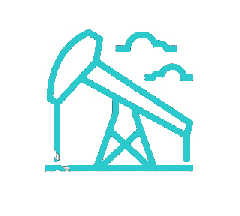
Illegal operations in protected areas
Illegal logging,
fire danger
fire danger
Monitoring of species
composition of forest lands,
early detection of pests and diseases
composition of forest lands,
early detection of pests and diseases
Monitoring of inland water and air pollution
Desertification and
soil degradation
soil degradation
Decrease in flora and
fauna species
fauna species
Discharges of industrial and agricultural waste









Nikolay Durmanov, a special representative of the RF Ministry of Science and Higher Education for environmental and biological safety and scientific director of the Ctrl2GO Group's Carbon project, remarked.
Procedure for evaluating land areas for carbon farms and collecting decarbonization data
Specially protected nature conservation areas

Survey and satellite data acquisition
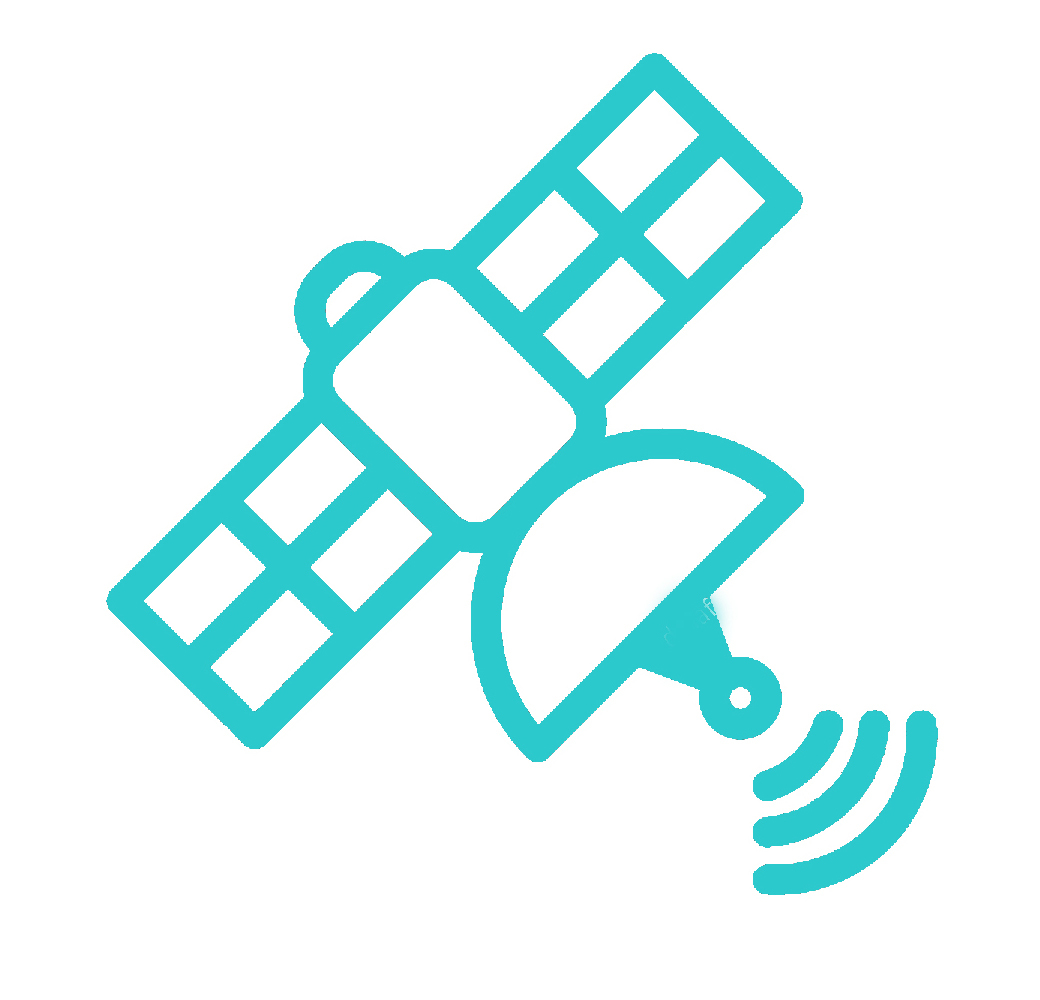
Collection and
analysis of archival data
analysis of archival data
Analysis, processing
and modelling
and modelling
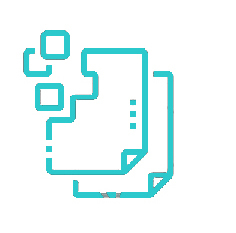
Obtaining precise
remote data
remote data
Collecting and processing data from ground sensors

Audit of forest and agro-technologies


state nature reserves
103
49
national parks
64
federal reserves
Forest
areas
areas
Wastelands
Agricultural
lands
lands
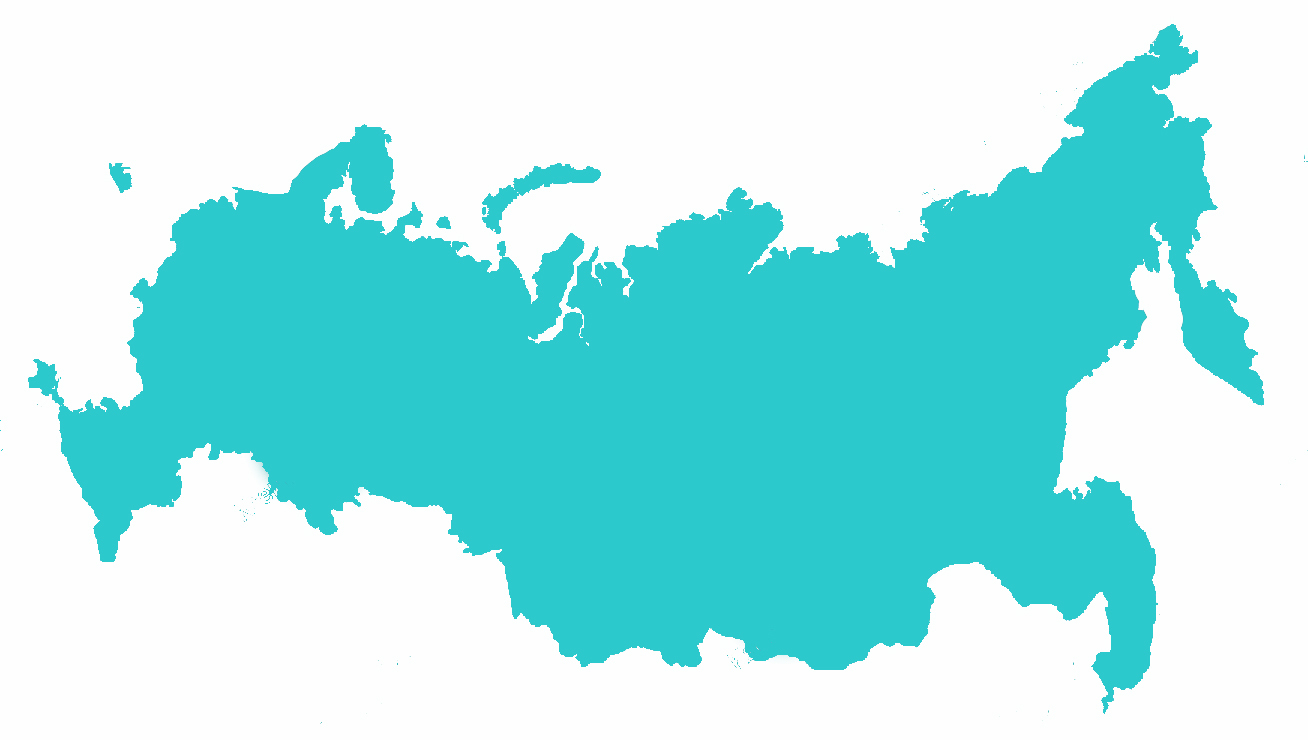

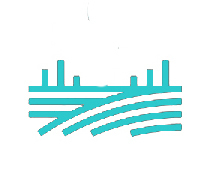


"Having our own carbon balance calculation system is
the imperative of our time"
the imperative of our time"

